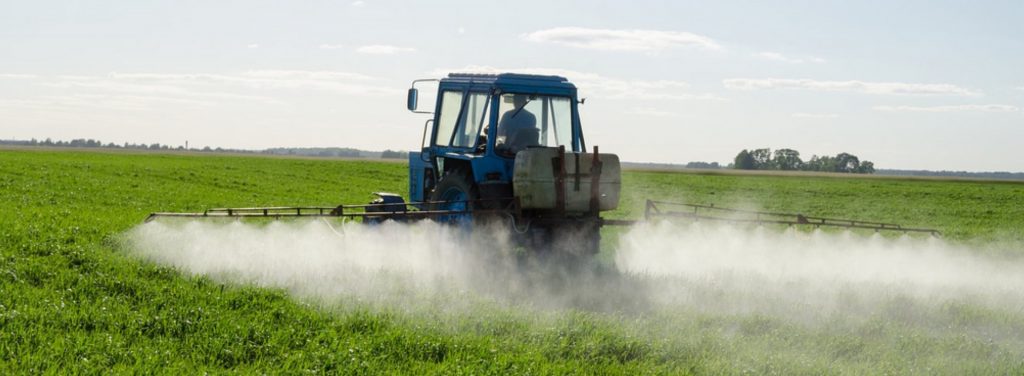In this post, Ralf B. Schäfer talks about their recently published policy paper in which they suggest a new framework for pesticide authorization that meets the goal of protecting biodiversity.
Studies have shown that chemical pesticides that are currently used in agriculture have adverse effects on ecosystems and biodiversity (e.g., see here, here or here). This contributes to the loss in biodiversity such as the decline in insects. However, according to the regulation of the European Union, the use of pesticides should not affect biodiversity. To close this gap between legal intention and reality, we propose a revision of pesticide authorization.

The current authorization procedure relies on data from simplified laboratory or semi-field test systems or models. However, the most sensitive organisms in ecosystems are not always appropriately represented by the simplified test systems, and consequently not adequately protected. Moreover, these systems largely ignore the real environmental situation, where climate, the distance to other habitats and the presence of additional stressors such as excessive nutrient inputs or extreme climatic events influence the translocation and toxic action of pesticides. Finally, in current agricultural practice, several pesticides in the form of tank mixes and spray series are usually applied to the fields. This means that organisms are usually exposed simultaneously to mixtures that exacerbate the toxic effect, and which are insufficiently considered in the current authorization procedure.
Therefore, we recommend that the risk assessment takes greater account of the agricultural practice and the real world situation, and suggest a number of adaptation measures. In a first step, higher safety factors in the authorization process may improve the protectiveness. In addition, we suggest to include a cost-benefit analysis that balances environmental costs against benefits in terms of yield gains when authorizing new products, and to evaluate whether, for example, more environmentally friendly alternatives are available for a specific crop.
In the medium term, we suggest to replace the current authorization procedure by a limited authorization, where environmental impacts of the pesticide under scrutiny will be monitored in selected areas under real world conditions of use. The related monitoring could be integrated with the various governmental environmental monitoring programmes.
In the long term, we call for a harmonization of the various regulations that are directly or indirectly connected to pesticide use such as regulations for water protection, pesticide authorization and nature conservation. Regional management systems could be introduced and, for example, upper limits for the use of plant protection products in spatial units could be defined. This would mean that the intensive use in one area can be compensated by areas without pesticide use. However, we suggest that this should be decided with the involvement of all relevant interest groups in society.
The paper was authored by Ralf B. Schäfer, Matthias Liess, Rolf Altenburger, Juliane Filser, Henner Hollert, Martina Roß-Nickoll, Andreas Schäffer and Martin Scheringer, and is freely accessible on Environmental Sciences Europe.
